The T5 Transmission Was The Muscle Car Gearbox Of Choice In The '80s And '90s
The T5 transmission is one of the muscle car world's most enduring success stories. This five-speed manual gearbox, originally built by Borg-Warner, pulled duty in vehicles built by Detroit's most important '80s and '90s muscle cars, as well as a long list of 4x4s, vans, SUVs, sports coupes, and even trucks during its nearly 30 years on the market.
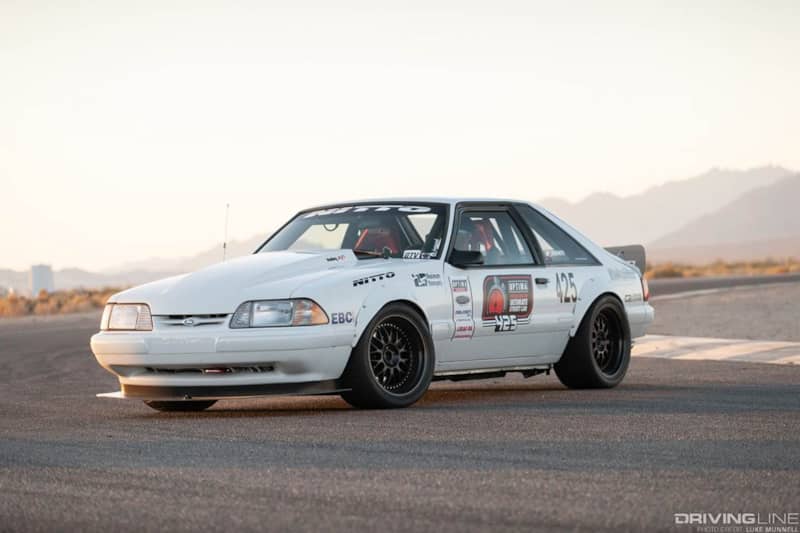
Of course, not every T-5 manual transmission was created equal. During its extended lifespan there have been many different versions of this venerable five-speed, even when looking within the specific histories of some of the cars that made it famous. With so many T5 options out there, it's no surprise that both the aftermarket and multiple generations of tuners have made this perhaps the most popular five-speed trans in project car history.
Borg-Warner Beginnings
When Borg-Warner set out to design the T5 at the beginning of the 1980s it already had a decent foundation in the T-4, a light-duty four-speed transmission used in a number of AMC and Jeep products over the course of the previous decade. The T5 transmission was built using the same case as the T4, with an overdrive gear added to give it an extra forward speed.
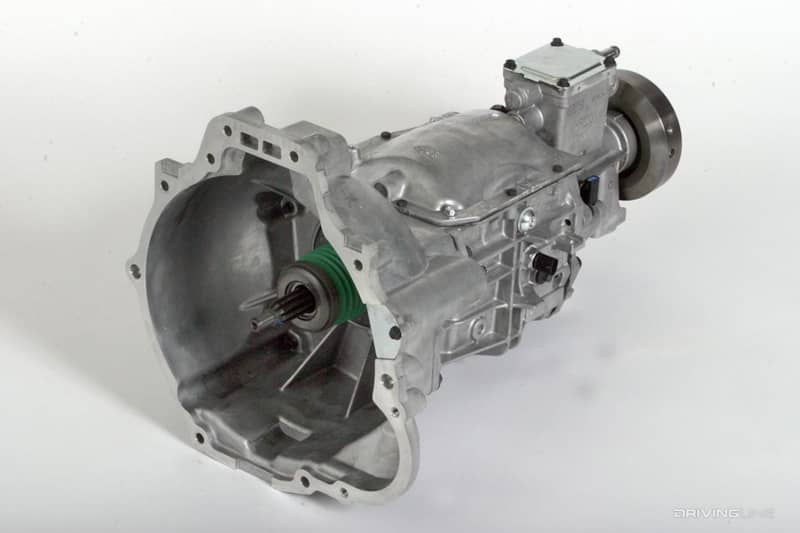
All T-5s use a toploader design and feature internal shift linkages, but details such as input and output shafts varied from one manufacturer to the next. Even casing details and sizing were not consistent across all OEMs, but enterprising builders have been able to identify areas of parts commonality and swap components back and forth between specific T5 designs with reasonable fluidity.
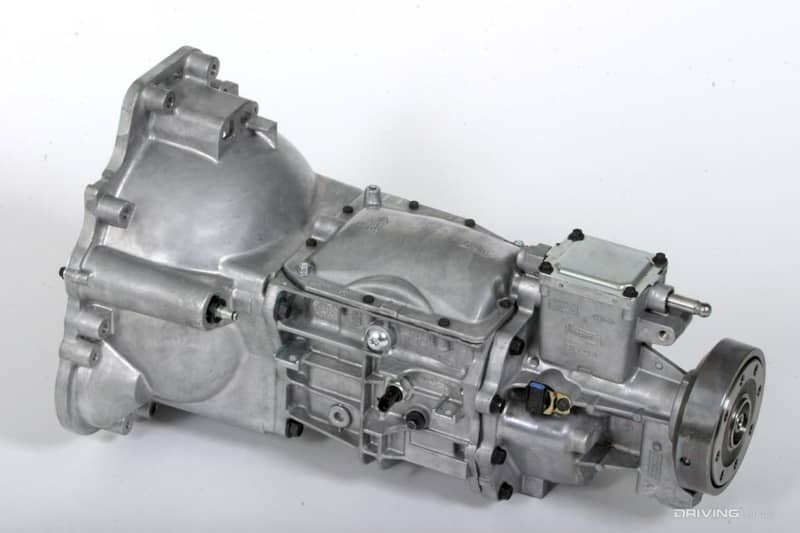
For example, early Ford and Chevy T5 V8 transmissions feature the same first gear and overdrive ratios (2.95:1 and 0.63:1, respectively), but four-cylinder units, even within the same company, offered different ratios.
Fuel Economy Over Performance
Ford and General Motors quickly adopted the original T5 design, in addition to Borg-Warner's existing contracts with AMC and Jeep. Starting in 1982 the five-speed filtered out to vehicles as diverse as the Mustang, the Chevette, the AMC Eagle line of early four-wheel drive crossovers, and the Jeep CJ. Soon the Thunderbird Turbo Coupe, Mercury XR-7, and the Mercury Capri were also joining the AMC Spirit and the AMC Concord in using the gearbox, alongside imports like the Nisan 280ZX and 300ZX.
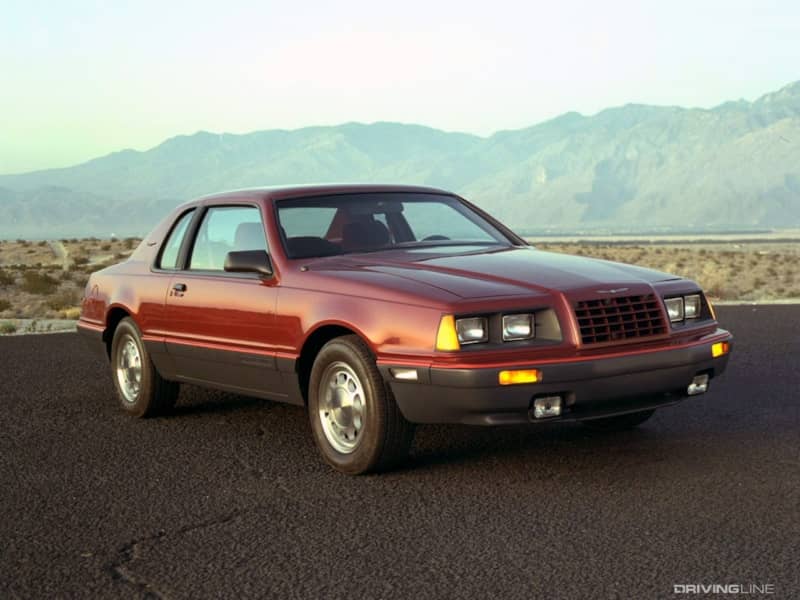
For the most part, the early Ford T5 and Chevy T5 models weren't built with performance in mind, but rather fuel mileage. The ability to introduce an overdrive gear (and thus better space out the four other ratios) gave efficiency-starved '80s automakers an ace in the hole, and the relatively modest durability of the transmission (rated to between 240 lb-ft and 265 lb-ft of torque, depending on application) wasn't much of an issue.
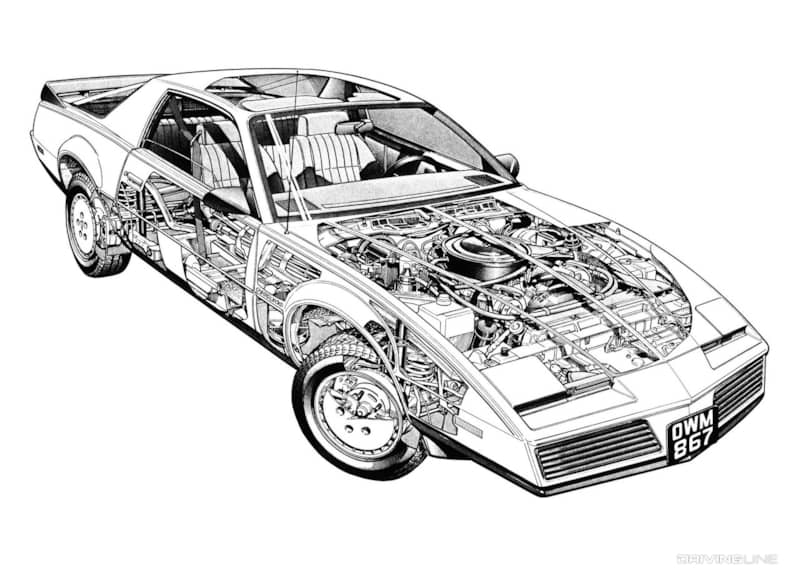
That began to change towards the middle of the decade when vehicles like the Ford Mustang and the Chevrolet Camaro began to feature sizable horsepower boosts compared to earlier models. At roughly the same time Borg-Warner decided that if it was going to expand its transmission sales to the global market it would need to make some improvements to the T-5 design.
Enter The World Class T5
Enter 1985's 'World Class' T5, a transmission that improved shift smoothness by installing individual needle bearings for each gear (versus the previous solid output shaft), fiber lined steel ring synchros, and tapered bearings.
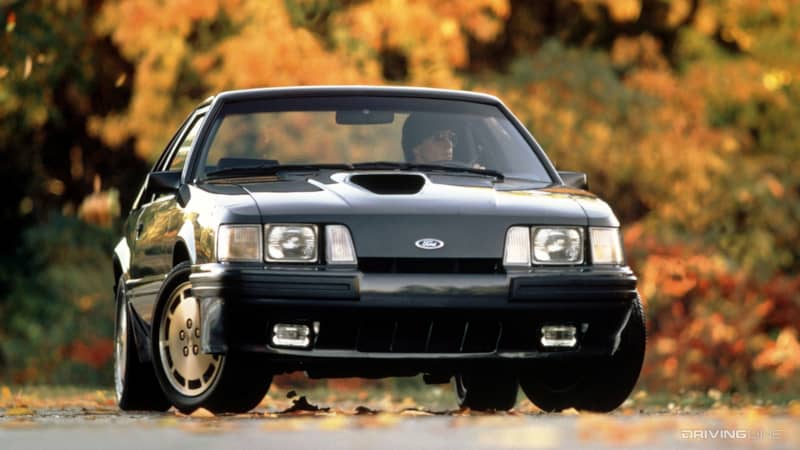
Although the transmission's torque rating didn't rise above 265 lb-ft, the new T5 offered an improved driving experience and it immediately became the trans of choice for Ford (in the V8 and turbo versions of the Thunderbird, Mustang, and Cougar) and GM (V8 editions of the Pontiac Firebird and Chevrolet Camaro starting in 1988).
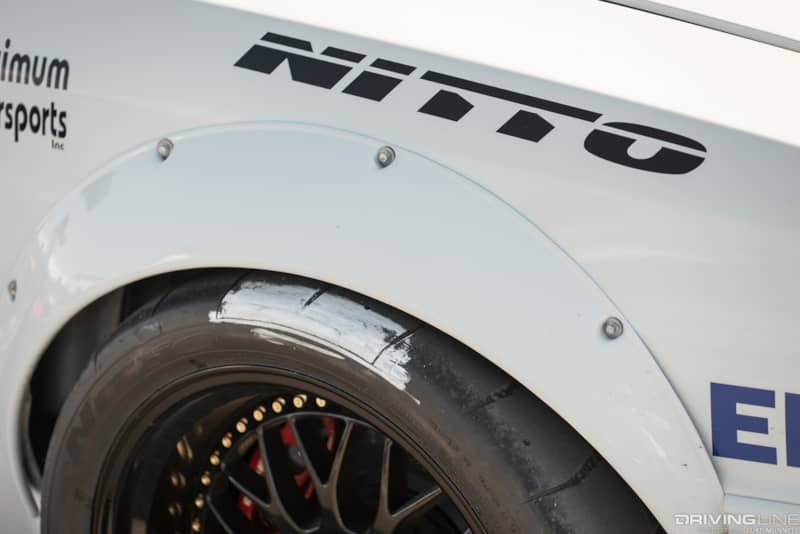
In 1990 the Ford T5 was further burnished by way of carbon fiber synchro linings for third and fourth gear, along with additional nickel content to improve reliability and boost torque capability to 300 lb-ft.
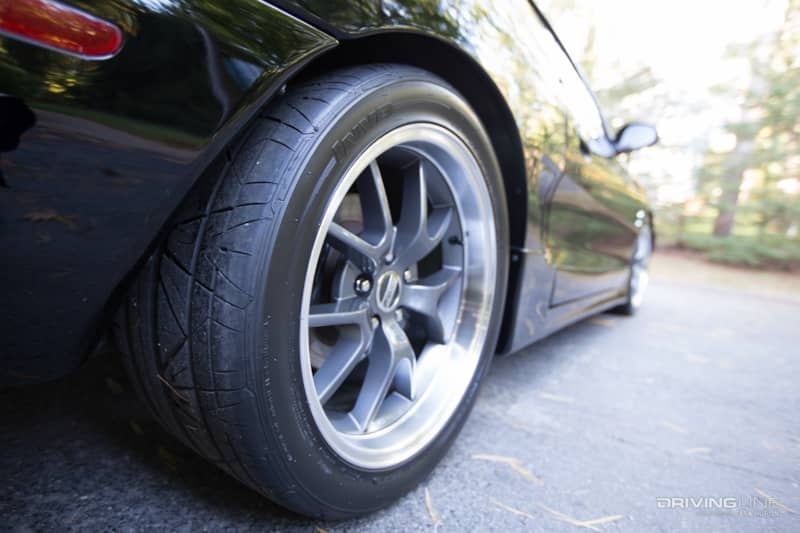
Three years later a slightly revised version of the same gearbox would appear in the Fox body Cobra, and in 1994 the transmission was modified to fit in the next-generation SN95 Mustang GT. A more robust T-5 (the T5Z or 'Z-spec') with a 330 lb-ft torque capability also appeared from Ford Motorsport in 1993, building on the internals found in the Cobra design.
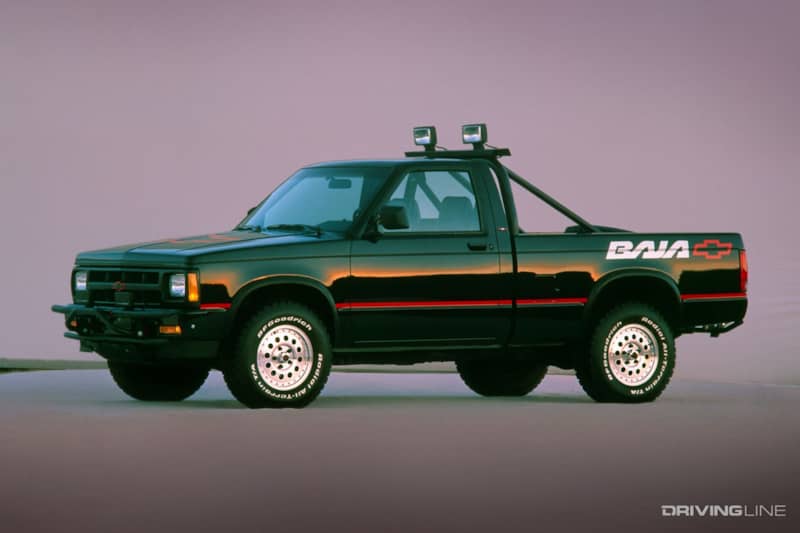
Ford stopped using the World Class T5 in V8-powered cars after 1995, but it would live on in the V6 Mustang until 2010. GM's approach to the World Class was similar, as it became the manual transmission of choice in the six-cylinder F-Body until the Camaro and the Firebird/Trans Am were discontinued in 2002. During roughly the same period, it was possible to find the T5 in vehicles as diverse as the Chevrolet Astro van, the Isuzu Rodeo, and TVR's line-up of V8 sports cars.
Still Being Built Today
Tremec purchased Borg-Warner's manual transmission designs in 1998, and continues to produce the T5 under both the original and the 'TKO T5' name.
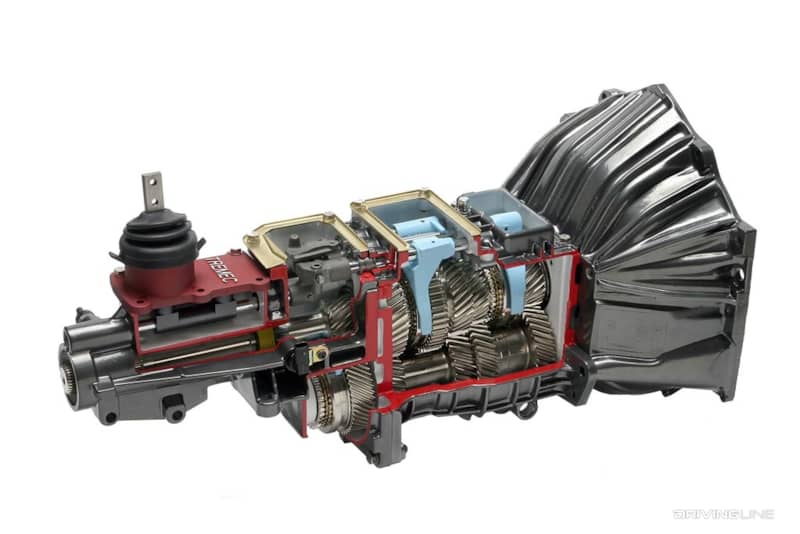
The high performance TKO designs, which are still available today alongside the Z-spec gearbox, feature significant upgrades in torque handling (between 500 and 600 lb-ft), and are part of the large set of aftermarket improvements available for almost every version of the transmission.
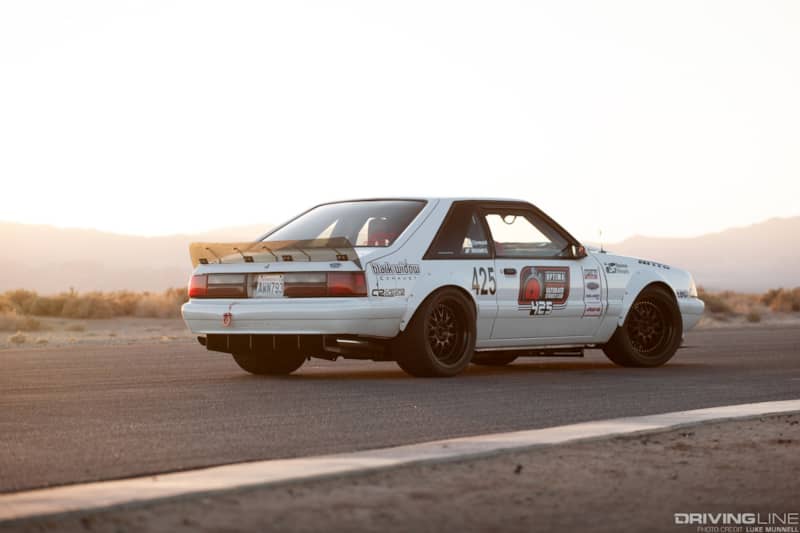
The ubiquity of the T5 and the sheer variety of applications it can be made to fit have given it almost eternal life among hot rod builders and custom car tuners. The modest power holding capability found in early models is no longer an issue for anyone willing to invest in the hardened internals available from dozens of different suppliers still supporting the five-speed. Whether you're building a small block V8 project or seeking an affordable, rear-wheel drive transmission for a turbocharged drift rocket, the T5 has become a near-universal choice.
More From Driving Line
- Curious about the T5's six-speed cousin? Check out this history of the T-56 manual transmission.







